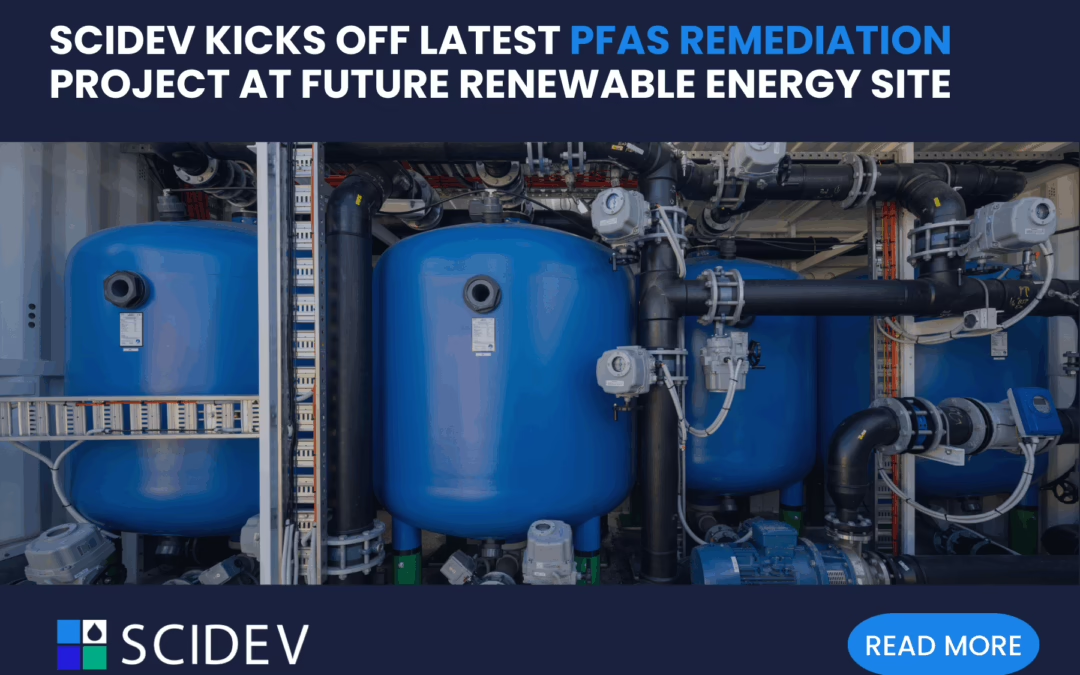When it comes to major infrastructure projects, environmental management isn’t just a box to tick — it’s a critical part of keeping work on track, staying compliant, and building with long-term sustainability in mind.
One of our construction clients for a major road project was challenged with managing complex site conditions around a closed landfill site. The challenge was to treat large volumes of leachate with varying quality, meet strict environmental guidelines, support a fast-moving construction programme — and do it all with long-term reliability and minimal operator input.

Our Solution
SciDev was appointed to design, build, and operate a permanent leachate treatment plant. We delivered a fully automated Sequencing Batch Reactor (SBR) system – a biological treatment process designed to handle high ammonia loads and changing inflow conditions. The plant has a base treatment capacity of 200 kL/day, with the ability to ramp up to 450 kL/day during periods of heavy rainfall or increased demand.
One of the most valuable features was the plant’s ability to provide advanced blending function and autonomous controls. It automatically adjusts to changing conditions without the need for constant operator intervention. That means fewer chemicals, lower operating costs, and a significantly smaller environmental footprint.
All treated leachate is safely discharged to trade waste under the appropriate regulatory approvals, and the system is capable of running with zero additional waste streams — no sludge haulage, no secondary waste management, just a clean, controlled process.

Built to Last — and Keep Running
Downtime wasn’t an option, so we designed the plant with full redundancy. Critical equipment was duplicated in a duty/standby configuration, ensuring that treatment performance is maintained even during servicing or unexpected faults.
We also implemented smart control systems that allow full remote access from any smartphone or computer. The team were able to check status, make adjustments, or get alerts on maintenance or alarm in real time via SMS, email, or network integration.
This level of automation and remote capability not only supports uptime — it also reduces the need for on-site labour and operator handling of chemicals, making the process safer and more efficient.
Why It Matters
By delivering a flexible, low-maintenance, and reliable leachate treatment system, we helped reduce risk across the entire construction programme. Early and effective site dewatering enabled work to begin with confidence, without delays or environmental setbacks.
And because the system is designed for the long haul — with an operational life of 20 years or more — it continues to support environmental compliance and operational efficiency well beyond construction.
After the plant was commission and construction was complete, the operation of the plant transferred to the local council to continue the ongoing operations and maintenance of the system. The asset is now an integral part of their facilities management portfolio.


